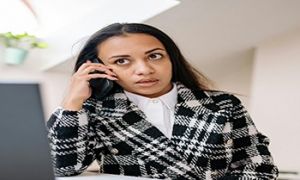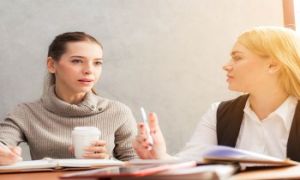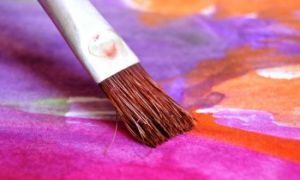The Early Years Learning Framework integrates creative arts into its curriculum planning to support children's development across multiple learning outcomes. The following article provides information on How Art Connects With EYLF Principles, What Are Some Creative Arts Activities For EYLF, How Can We Integrate Science into Creative Arts Activities, How Can We Integrate Music into Creative Art's Activities, What Are The Developmental Benefits Of Combining Art and Music, How Do Creative Arts Connect With EYLF Learning Outcomes and more.
How Art Connects With EYLF Principles
- Identity & Expression: Art helps children develop autonomy and confidence by allowing them to make choices about materials and techniques, fostering a strong sense of self.
- Social & Cultural Awareness: Engaging in creative arts encourages children to respect diversity and explore different perspectives, supporting cultural competence.
- Well-being & Emotional Growth: Art provides an emotional outlet, helping children process feelings and build resilience while also developing fine motor skills.
- Cognitive & Problem-Solving Skills: Through artistic exploration, children engage in problem-solving, collaboration, and experimentation, enhancing their learning capabilities.
- Communication & Expression: Creative arts allow children to express ideas through various mediums like painting, sculpture, drama, dance, and music, reinforcing their ability to communicate effectively.
What Are Some Creative Arts Activities For EYLF?
Here are some EYLF-aligned creative arts activities that encourage exploration, expression, and skill development:
- Sculptures – Children create 3D art using clay, wire, or recycled materials, fostering individuality and creativity.
- Finger Painting – A sensory-rich activity that enhances fine motor skills and self-expression.
- Leaf Printing – Encourages a connection with nature by using leaves to create textured prints.
- Potato Printing – Carving shapes into potatoes and stamping them onto paper to explore patterns.
- Tie-Dye Art – Teaches color mixing and fabric arts through folding and dyeing techniques.
- Bubble Painting – Mixing bubbles with paint to create unique patterns, blending art with science.
- Car Wheel Painting – Rolling toy car wheels through paint to make dynamic track patterns.
- Drama & Role Play – Encourages storytelling, social interaction, and emotional expression.
- Music & Movement – Using instruments and dance to explore rhythm, coordination, and creativity.
How Can We Integrate Science into Creative Arts Activities?
Integrating science into creative arts activities makes learning more engaging and hands-on! Here are some fun ways to blend the two:
- Rainbow Paper Experiment – Use clear nail polish on water to create iridescent patterns, teaching kids about light refraction.
- Leaf Rubbings & Classification – Make textured leaf rubbings while learning about plant biology and leaf structures.
- Bubble Painting – Mix paint with soap bubbles to create unique prints while exploring surface tension and colour mixing.
- Sun Prints – Place objects on special sun-sensitive paper to create prints, demonstrating UV light exposure and shadow formation.
- Crystal Art – Grow salt or sugar crystals on paper to create sparkling designs while learning about crystallization.
- Oil & Water Painting – Show how oil and water don’t mix by creating abstract art, teaching density and polarity.
- Fireworks in a Jar – Drop food coloring into oil and water to mimic fireworks, exploring liquid density and solubility.
- Nebula Art – Use glue and liquid watercolor to create cosmic designs while discussing space science.
How Can We Integrate Music into Creative Art's Activities?
Integrating music into creative arts activities enhances expression, rhythm, and engagement! Here are some exciting ways to blend the two:
- Paint to Music – Play different genres of music and let children paint based on how the sounds make them feel.
- Sound Wave Art – Visualize music by drawing or painting sound waves based on the rhythm and intensity of a song.
- Musical Storytelling – Use music to inspire dramatic performances or puppet shows, encouraging creativity and narrative skills.
- Instrument Painting – Dip drumsticks or maracas in paint and create rhythmic patterns on paper.
- Dance & Art Fusion – Have children dance with paint-covered feet on large canvases to create movement-inspired artwork.
- Lyric Illustration – Choose a song and illustrate its themes or emotions through drawing or collage.
- Music & Sculpture – Create sculptures inspired by the shape and movement of sound waves or musical instruments.
- Collaborative Sound Art – Record different sounds and use them to create a mixed-media artwork representing the auditory experience.
What Are The Developmental Benefits Of Combining Art and Music?
Combining art and music in early childhood education fosters holistic development across multiple domains. Here are some key benefits:
- Cognitive Growth – Engaging in both art and music enhances problem-solving, pattern recognition, and critical thinking.
- Emotional Expression – Children use creative arts to process emotions, boost self-esteem, and develop communication skills.
- Social Skills – Collaborative projects encourage cooperation, patience, and empathy, promoting healthy interactions.
- Multisensory Learning – Art and music engage multiple senses, making learning interactive and memorable.
- Brain Development – Exposure to music and art stimulates neural connections, improving memory and academic performance.
- Fine & Gross Motor Skills – Activities like painting and playing instruments strengthen coordination and dexterity.
- Cultural Awareness – Exploring different artistic and musical traditions broadens perspectives and fosters appreciation for diversity.
How Do Creative Arts Connect With EYLF Learning Outcomes?
Creative arts connect with all five EYLF learning outcomes, fostering children's development in multiple ways:
Children Have a Strong Sense of Identity
- Art allows children to express themselves, make choices, and develop autonomy.
- Engaging in creative activities builds confidence and a sense of self.
Children Are Connected With and Contribute to Their World
- Exploring diverse art forms helps children appreciate different cultures and perspectives.
- Collaborative art projects encourage social interaction and respect for diversity.
Children Have a Strong Sense of Well-being
- Art provides an emotional outlet, helping children process feelings and build resilience.
- Activities like painting and sculpting enhance fine motor skills and coordination.
Children Are Confident and Involved Learners
- Creative arts encourage problem-solving, experimentation, and curiosity.
- Children develop critical thinking by exploring materials and techniques.
Children Are Effective Communicators
- Art helps children express ideas visually, supporting early literacy and communication skills.
- Storytelling through drama, dance, and music enhances language development.
Further Reading
Linking Art To The EYLF Learning Outcomes
Benefits Of Art and Craft
Process Art Vs Product Art In Early Childhood Services
Art and Craft Descriptions With Links To The EYLF
Benefits Of Creative Arts For Children In Early Childhood Services
50 Process Art Activities
Stages Of Artistic Development In Children


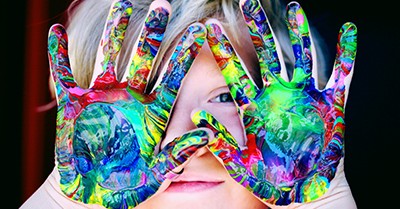
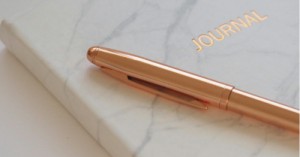
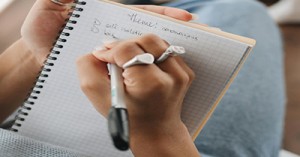
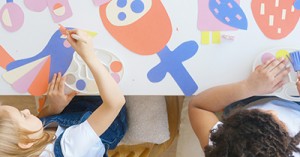
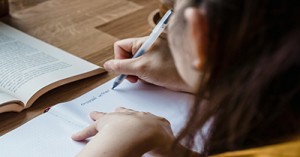
 Here is the list of the EYLF Learning Outcomes that you can use as a guide or reference for your documentation and planning. The EYLF
Here is the list of the EYLF Learning Outcomes that you can use as a guide or reference for your documentation and planning. The EYLF The EYLF is a guide which consists of Principles, Practices and 5 main Learning Outcomes along with each of their sub outcomes, based on identity,
The EYLF is a guide which consists of Principles, Practices and 5 main Learning Outcomes along with each of their sub outcomes, based on identity, This is a guide on How to Write a Learning Story. It provides information on What Is A Learning Story, Writing A Learning Story, Sample
This is a guide on How to Write a Learning Story. It provides information on What Is A Learning Story, Writing A Learning Story, Sample One of the most important types of documentation methods that educators needs to be familiar with are “observations”. Observations are crucial for all early childhood
One of the most important types of documentation methods that educators needs to be familiar with are “observations”. Observations are crucial for all early childhood To support children achieve learning outcomes from the EYLF Framework, the following list gives educators examples of how to promote children's learning in each individual
To support children achieve learning outcomes from the EYLF Framework, the following list gives educators examples of how to promote children's learning in each individual Reflective practice is learning from everyday situations and issues and concerns that arise which form part of our daily routine while working in an early
Reflective practice is learning from everyday situations and issues and concerns that arise which form part of our daily routine while working in an early Within Australia, Programming and Planning is reflected and supported by the Early Years Learning Framework. Educators within early childhood settings, use the EYLF to guide
Within Australia, Programming and Planning is reflected and supported by the Early Years Learning Framework. Educators within early childhood settings, use the EYLF to guide When observing children, it's important that we use a range of different observation methods from running records, learning stories to photographs and work samples. Using
When observing children, it's important that we use a range of different observation methods from running records, learning stories to photographs and work samples. Using This is a guide for educators on what to observe under each sub learning outcome from the EYLF Framework, when a child is engaged in
This is a guide for educators on what to observe under each sub learning outcome from the EYLF Framework, when a child is engaged in The Early Years Learning Framework describes the curriculum as “all the interactions, experiences, activities, routines and events, planned and unplanned, that occur in an environment
The Early Years Learning Framework describes the curriculum as “all the interactions, experiences, activities, routines and events, planned and unplanned, that occur in an environment